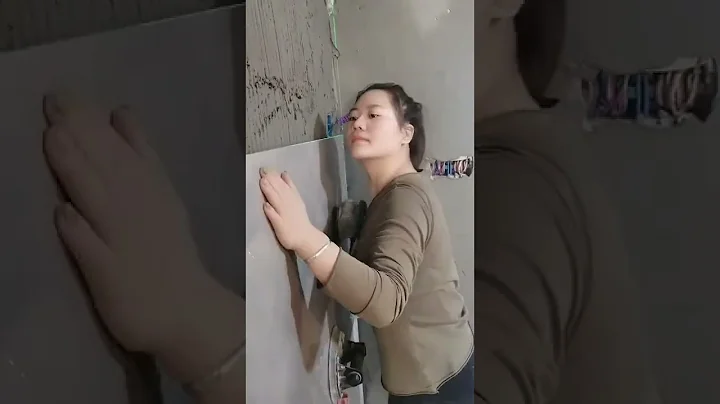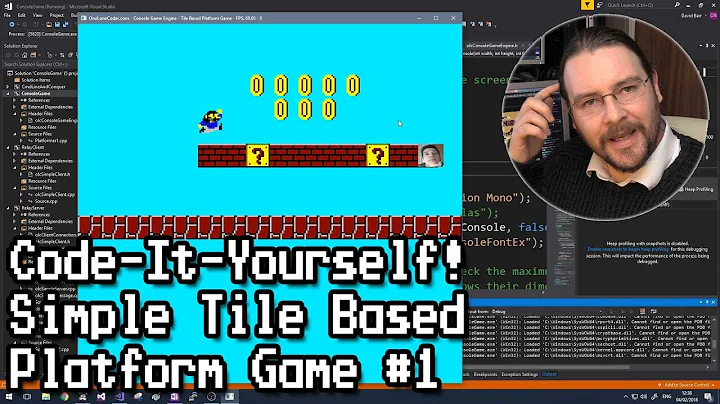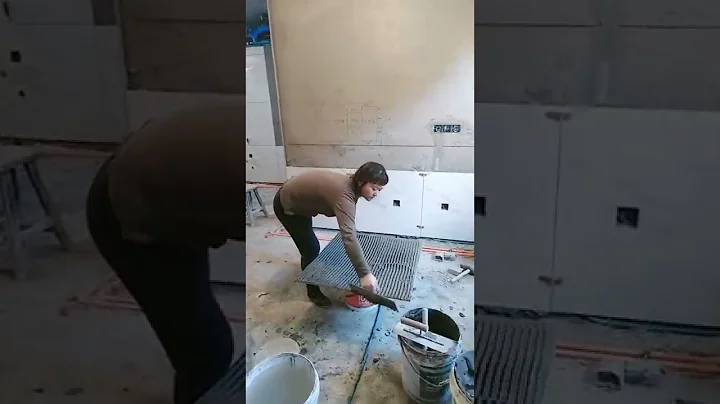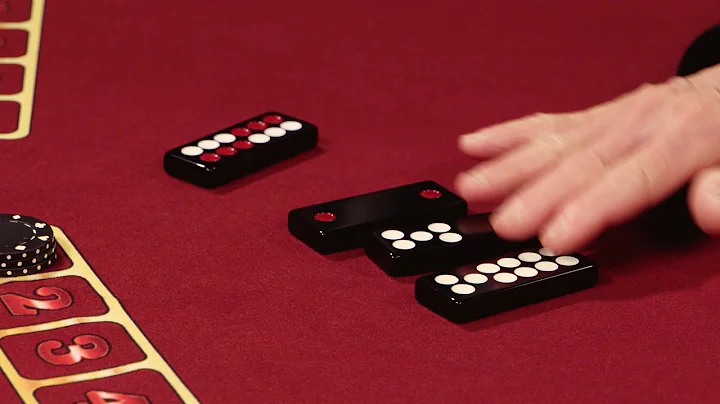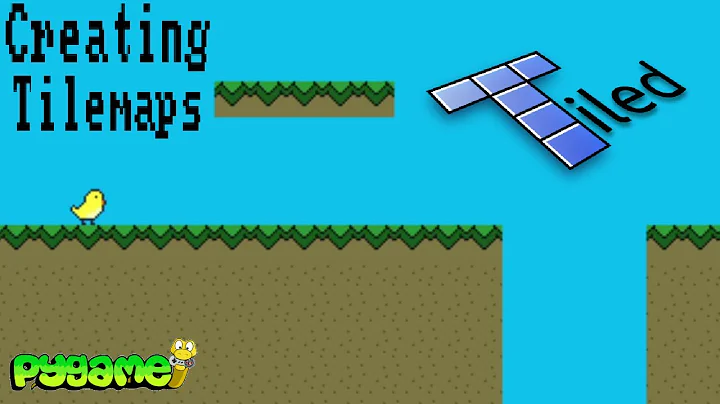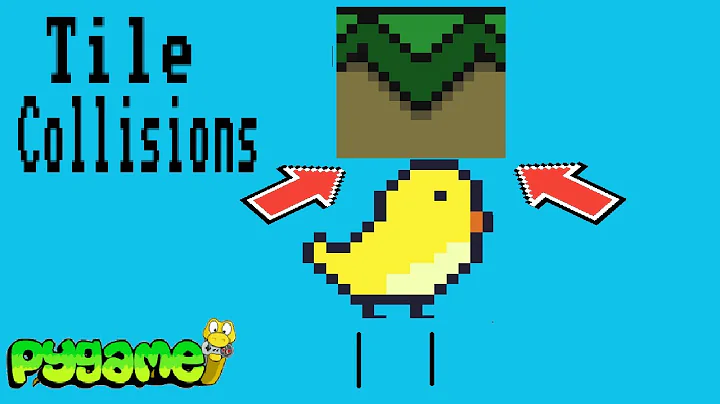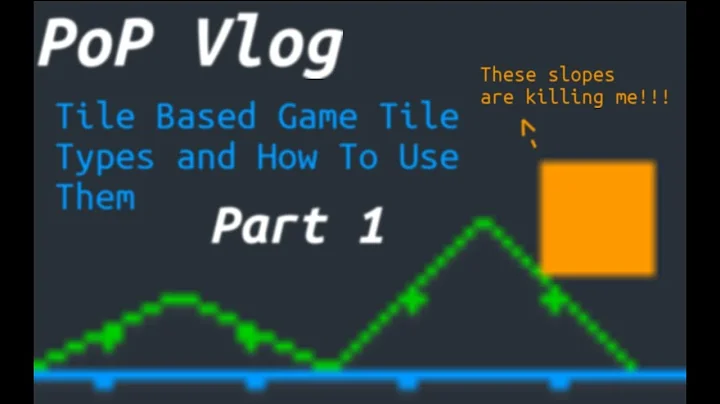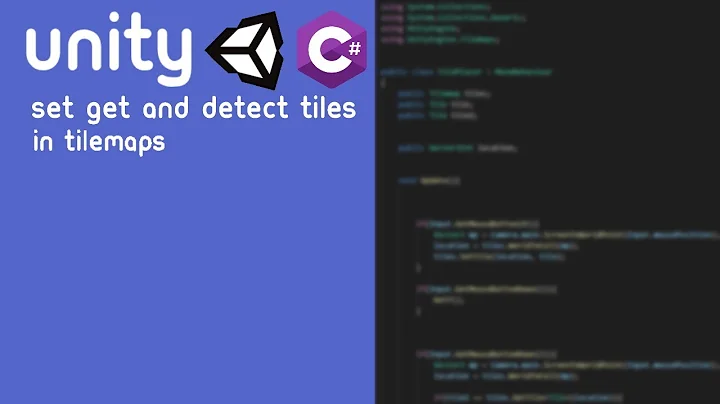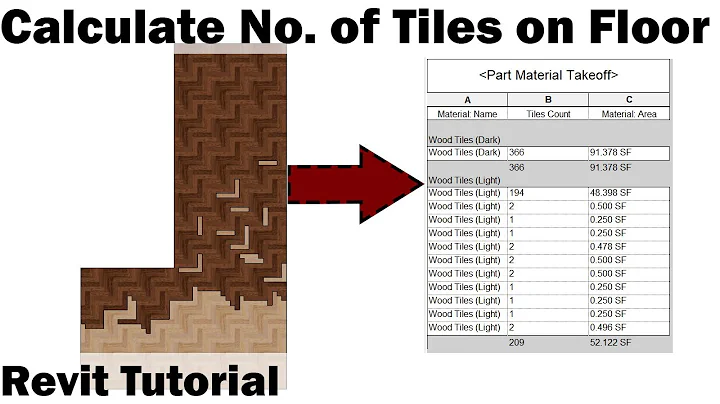Calculating which tiles are lit in a tile-based game ("raytracing")
Solution 1
The roguelike development community has a bit of an obsession with line-of-sight, field-of-view algorithms.
Here's a link to a roguelike wiki article on the subject: http://roguebasin.roguelikedevelopment.org/index.php?title=Field_of_Vision
For my roguelike game, I implemented a shadow casting algorithm (http://roguebasin.roguelikedevelopment.org/index.php?title=Shadow_casting) in Python. It was a bit complicated to put together, but ran reasonably efficiently (even in pure Python) and generated nice results.
The "Permissive Field of View" seems to be gaining popularity as well: http://roguebasin.roguelikedevelopment.org/index.php?title=Permissive_Field_of_View
Solution 2
You can get into all sorts of complexities with calculating occlusion etc, or you can go for the simple brute force method: For every cell, use a line drawing algorithm such as the Bresenham Line Algorithm to examine every cell between the current one and the light source. If any are filled cells or (if you have only one light source) cells that have already been tested and found to be in shadow, your cell is in shadow. If you encounter a cell known to be lit, your cell will likewise be lit. An easy optimisation to this is to set the state of any cells you encounter along the line to whatever the final outcome is.
This is more or less what I used in my 2004 IOCCC winning entry. Obviously that doesn't make good example code, though. ;)
Edit: As loren points out, with these optimisations, you only need to pick the pixels along the edge of the map to trace from.
Solution 3
The algorithms being presented here seem to me to be doing more calculations than I think are needed. I have not tested this but I think it would work:
Initially, mark all pixels as lit.
For every pixel on the edge of the map: As Arachnid suggested, use Bresenham to trace a line from the pixel to the light. If that line strikes an obstruction then mark all pixels from the edge to just beyond the obstruction as being in shadow.
Solution 4
Quick and dirty:
(Depending on how big the array is)
- Loop through each tile
- draw a line to the Light
- If any pary of the line hits an X, then it is in shadow
- (Optional): calculate the amount of X the line passes through and do fancy maths to determint the proportion of the tile in shadow. NB: This could be done by anti-aliasing the line between the tile and the Light (therefore looking at other tiles along the route back to the light source) during the thresholding procedure these will appear as small anomolies. Depending on the logic used you could potentially determine how much (if at all) the tile is in shadow.
You could also keep a track of which pixels have been tested, therefore optimize the solution a little and not re-test pixels twice.
This could be dome pretty well by using image manipulation and drawing straight lines between pixles (tiles) If the lines are semi transparent and the X blocks are semi-transparent again. You can threshold the image to determine if the line has intersected an 'X'
If you have an option to use a 3rd party tool, then Id probably take it. In the long run it might turn out to be quicker, but you'd understand less about your game.
Solution 5
This is just for fun:
You can replicate the Doom 3 approach in 2D if you first do a step to convert your tiles into lines. For instance,
- - - - -
- X X X -
- X X - -
- X - - -
- - - - L
...would be reduced into three lines connecting the corners of the solid object in a triangle.
Then, do what the Doom 3 engine does: From the perspective of the light source, consider each "wall" that faces the light. (In this scene, only the diagonal line would be considered.) For each such line, project it into a trapezoid whose front edge is the original line, whose sides lie on lines from the light source through each end point, and whose back is far away, past the whole scene. So, it's a trapezoid that "points at" the light. It contains all the space that the wall casts its shadow on. Fill every tile in this trapezoid with darkness.
Proceed through all such lines and you will end up with a "stencil" that includes all the tiles visible from the light source. Fill these tiles with the light color. You may wish to light the tile a little less as you get away from the source ("attenuation") or do other fancy stuff.
Repeat for every light source in your scene.
Related videos on Youtube
Zarkonnen
I mostly work in Java and Python, as well as some Javascript. I like to write games & game prototypes, and am also developing an OCR system.
Updated on June 18, 2020Comments
-
Zarkonnen almost 4 years
I'm writing a little tile-based game, for which I'd like to support light sources. But my algorithm-fu is too weak, hence I come to you for help.
The situation is like this: There is a tile-based map (held as a 2D array), containing a single light source and several items standing around. I want to calculate which tiles are lit up by the light source, and which are in shadow.
A visual aid of what it would look like, approximately. The L is the light source, the Xs are items blocking the light, the 0s are lit tiles, and the -s are tiles in shadow.
0 0 0 0 0 0 - - 0 0 0 0 0 0 0 - 0 0 0 0 0 0 0 X 0 0 0 0 0 0 0 0 0 0 0 0 0 0 0 0 L 0 0 0 0 0 0 0 0 0 0 0 0 0 0 0 0 X X X X 0 0 0 0 0 - - - - - 0 0 0 - - - - - - -A fractional system would be even better, of course, where a tile can be in half-shadow due to being partially obscured. The algorithm wouldn't have to be perfect - just not obviously wrong and reasonably fast.
(Of course, there would be multiple light sources, but that's just a loop.)
Any takers?
-
Zarkonnen over 15 yearsThanks for all your answers. I will go through them in detail and implement/post an algorithm once I get home.
-
TK. over 15 yearsHave you made any further progress on this? I would be interested to hear how you have got on.
-
-
Nick Johnson over 15 yearsGood point about only having to use pixels along the edge. I think that's actually what I used - it's just been too long for me to recall clearly. :)
-
Dana over 15 yearsA pure bresenham ray trace tends to leave artifacts at the edges of the light radius. It tends to miss squares which should be lit.
-
TK. over 15 yearsYou will probably need to re-iterate through the world to pick up any 'un-tested' tiles. Therefore simply iterating thruogh the array should have pretty much the same effect (assuming that you have a record of the tiles already tested).
-
rlbond almost 15 years+1 for shadow casting. I use this in my roguelike and once you get it working it's great, and super fast. I don't like permissive field of view, I think it's too, well, permissive.
-
stands2reason over 9 yearsIt's not just rougelikess. FOV and LOS are basic geometric tests needed to make AI sensors that simulate visual constraint properly, i.e. if any kind of stealth is possible. In a 2D physics system LOS can be done with a segment query and LOS by checked the dot product of the facing unit vector with the direction vector of the target.
